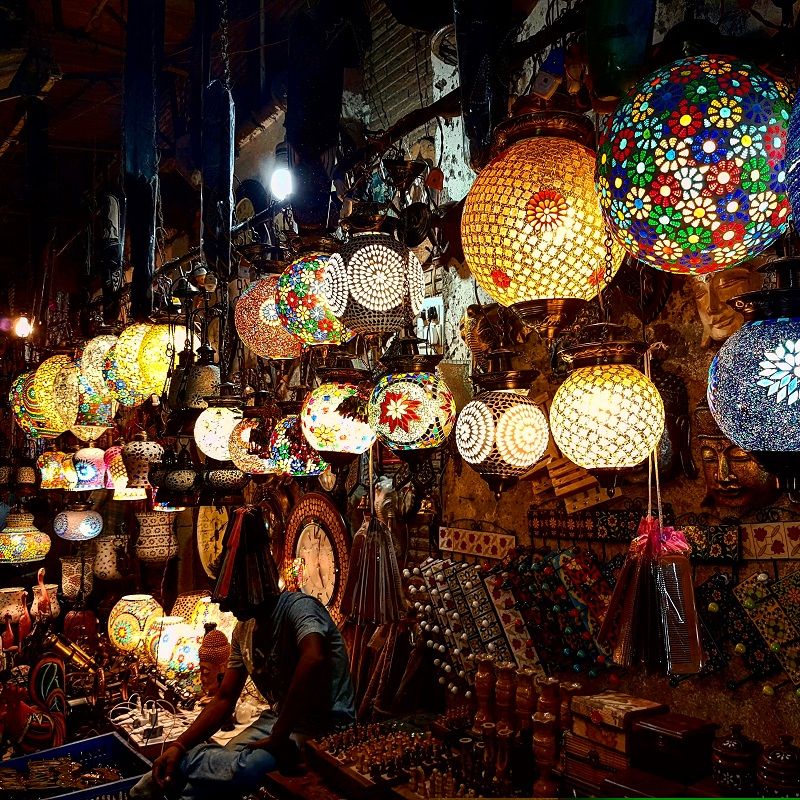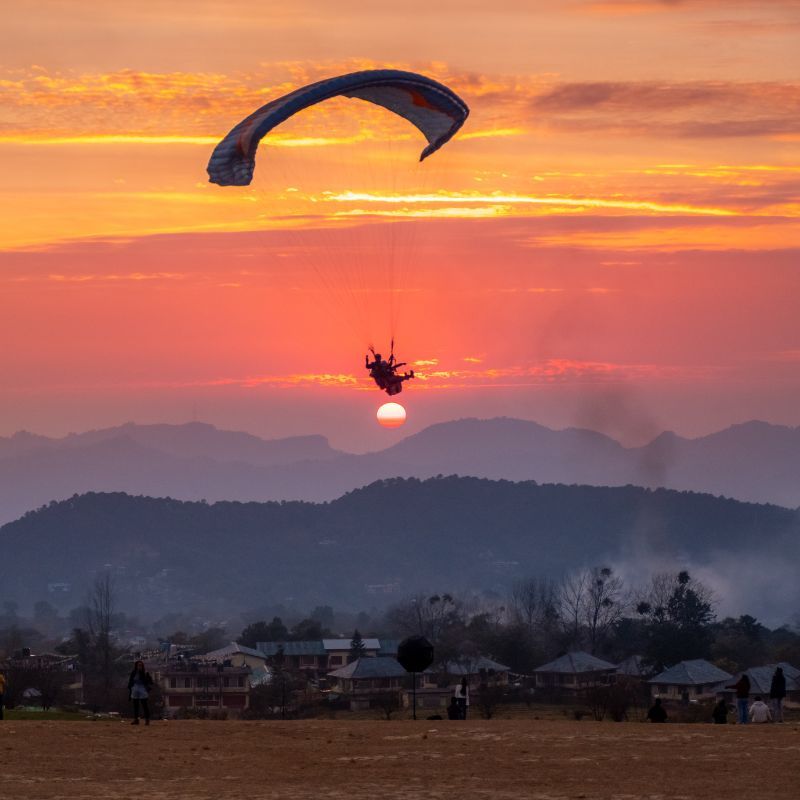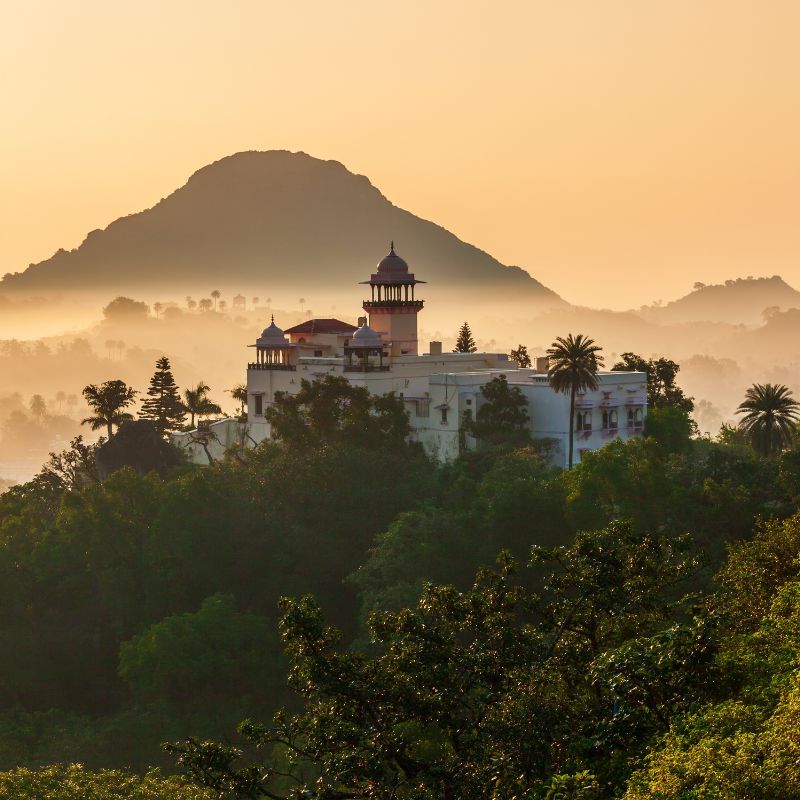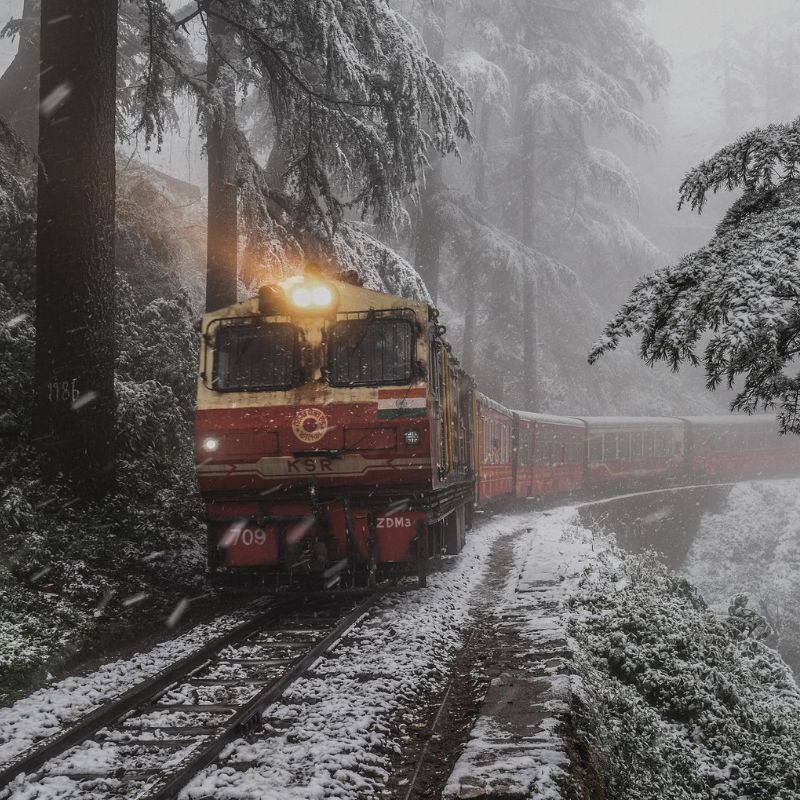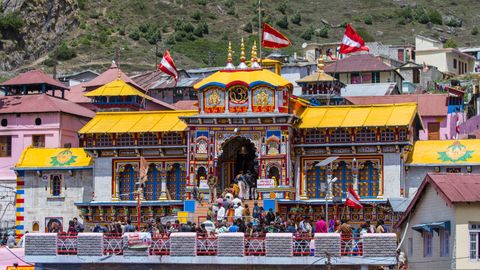
From the stunning Rawaai Valley in Yamunotri and the tumultuous Bhagirathi in Gangotri to the snowy peaks of Kedarnath and the gurgling Alaknanda at Badrinath, the Char Dham Yatra in Uttarakhand is a divine blend of nature and spirituality. Here’s a handy guide to planning one of India’s most important pilgrimages. By Karan Kaushik
Everything you need to know about planning the Char Dham Yatra in Uttarakhand
About the Char Dham Yatra
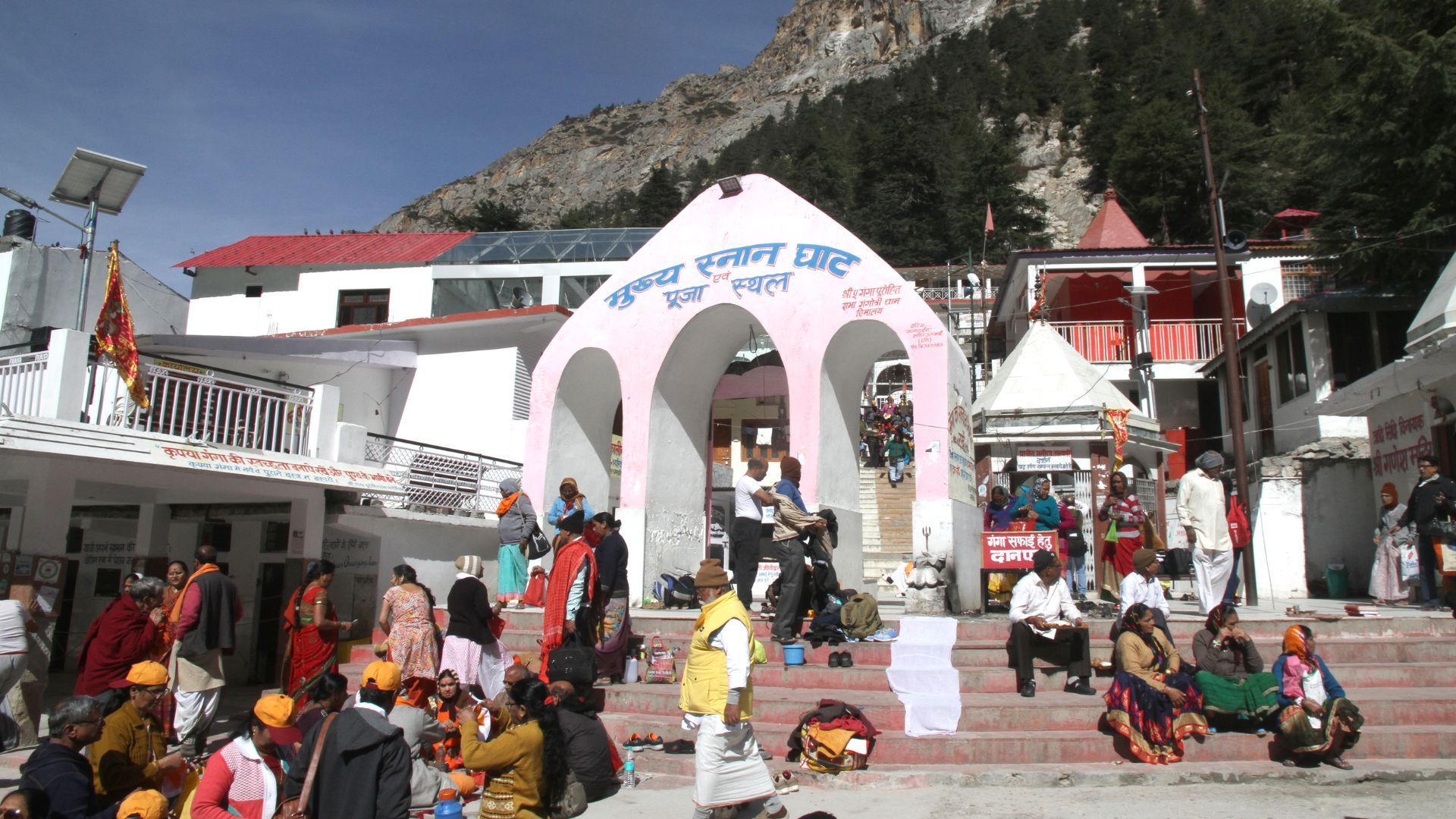
Nestled in the majestic Garhwal Himalaya, the four sacred sites of Yamunotri, Gangotri, Kedarnath, and Badrinath form the Char Dham Yatra. Devotees from all corners of the country have been embarking on the arduous pilgrimage for ages now. The Char Dham Yatra is one of the most accessible pilgrimages of its kind in India.
All the four sacred sites are perched in the far reaches of the Himalayas at altitudes of over 10,000 ft. While the season for the pilgrimage extends from May through November depending on the Hindu lunar calendar, the months of May and June witness the biggest rush of pilgrims. All the four dhams are located at the end of four separate routes. You may choose to set foot on the four different journeys either in combinations of continuity or visit a few of them independently.
There are pilgrims who do all the four holy sites in one trip and then there are pilgrims who come especially for Kedarnath and Badrinath. Logistically and traditionally speaking, the order of the Char Dham Yatra is Yamunotri-Gangotri-Kedarnath-Badrinath.
View this post on Instagram
The pilgrimage is both physically and mentally demanding, thanks to the high altitudes that may result in breathing issues and Acute Mountain Sickness. It makes sense to carry your own medicines, inhalers, adequate woollens, blankets, and other essentials if visiting in peak season. Resources tend to get stretched during this season. However, there is no dearth of decent accommodation and eateries.
To avoid any last-minute setbacks, it is advisable to book your Char Dham Yatra tour through a recognised travel agent. Most tour operators offer affordable Char Dham packages throughout the year. Given the unpredictability of Mother Nature, we’d also recommend undertaking the pilgrimage with a large group of friends, family, colleagues, and fellow devotees. It’s not only a safer option but also makes for a fun experience.
Yamunotri
View this post on Instagram
Sequestered in a deep cleft on the Banderpoonch Peak, Yamunotri has traditionally always been the first Char Dham destination. This is where the holy Yamuna River originates from. The prime attraction on the way to Yamunotri is the stunning Rawaai Valley. You can also stop at Barkot and Phul Chatti on your way to the temple.
The presiding deity at the Yamunotri Temple is River Yamuna itself. The sanctum sanctorum houses a black marble idol of Goddess Yamuna. There’s a famous rock right outside the main temple. This rock is known as Divya Shala and houses a hot water spring. This is considered the origin of the Yamuna river. If you wish to visit the technical origin, you’d have to trek a kilometre above the temple to Champasar Glacier next to Saptarishi Kund.
Gangotri
View this post on Instagram
Overlooking the roaring Bhagirathi River, Gangotri — the source of the sacred Ganges — is nestled amidst jagged mountains at an altitude of 9, 980 ft. River Ganges, or Ganga as we Indians call it, is known as Bhagirathi in Gangotri. Its actual source is called Gaumukh, which is a snowy cave.
The Gangotri temple has a venerable history. It was built by General Amar Singh Thapa of the Nepalese army during the 18th century. The ruler of Jaipur Maharaja Madho Singh got the temple renovated in 1935. One of the main highlights of this temple is a stone slab called Bhagirath Shila, where King Bhagirath is believed to have meditated to bring the holy river to earth.
Kedarnath
View this post on Instagram
Perhaps the most popular stop of the Char Dham Yatra, Kedarnath is India’s northernmost Jyotirlinga. Perched at a height of 11,746 ft, the sacred shrine is steeped in myth and legend. It is said that Sage Adi Shankaracharya achieved samadhi here. The Kedarnath Temple stands in all its glory near the source of the river Mandakini. Pilgrims have to undertake a 14-km trek from Gaurikund to Kedarnath. Ponies, palanquins, and porters are also available for children and the elderly.
The way to the temple is steep for the first 10 kilometres. From Garur Chatti, the path to the temple straightens up. On your way to the temple, take a holy dip in the hot springs at Gaurikund. From Kedarnath, you can also visit Okhimath, which lies on the way to Badrinath. Other prominent attractions that pilgrims travelling to Kedarnath cover include Guptkashi, known for the temples of Ardhnarishwar and Vishwanathji, both forms of Lord Shiva.
Badrinath
View this post on Instagram
The last point of the Char Dham Yatra, Badrinath is located against the backdrop of the Neelkanth Peak. By its side gurgles the Alaknanda River, while the twin mountains of Nar and Narayan encompass it. The Badrinath Temple stands at an altitude of 10,276 ft.
The temple is dedicated to Lord Vishnu, who has been depicted in a meditating position through the idol in the sanctum sanctorum. One has to visit Kedarnath before visiting Badrinath. If you plan to travel exclusively to Badrinath, you will have to visit the nearby Adi Kedareshwar temple first.
Best time to go
The four shrines are open from May to November. Come winters and the committee shuts doors to the temples, owing to heavy snowfall in the region. Monsoons (July-August) can be unpredictable and lead to heavy rains and landslides. The area has been witness to some of the worst floods in the history of natural disasters in India. This makes the time period from April to the first half of June the perfect time to embark on the Char Dham Yatra.
How to reach
If you are travelling from Delhi, reaching Haridwar by bus or train is the best option for you. From Haridwar, you’ll have to take a taxi or bus to Barkot, the nearest town to Yamunotri. The Char Dham Yatra begins in Yamunotri, from where you can head to Gangotri and Kedarnath, followed by Badrinath.
Tourist Offices
GMVN, Rishikesh
Address: Yatra Office, Garhwal Mandal Vikas Nigam (GMVN) Ltd., Shail Vihar, Haridwar Bypass Road, Rishikesh
Mobile: +91 – 95680 06695
Email: gmvnmountdiv@gmail.com
GMVN, Haridwar
Address: Lalta Rao Bridge, Haridwar
Phone: 01334 – 228686
Advanced reservations can be made at the following offices.
Delhi Uttarakhand Tourism
Address: PRO Delhi, Garhwal Mandal Vikas Nigam (GMVN) Ltd., 102, Indraprakash Building, Barakhamba Road, New Delhi – 110001
Phone: 011 – 23350481, 23326620
Email: delhi@gmvnl.in
Haridwar Uttarakhand Tourism
Address: PRO Haridwar, PRO Garhwal Mandal Vikas Nigam (GMVN) Ltd. Haridwar, Rahi Motel, Near Bus Stand, Haridwar, Uttarakhand – 249408
Phone: 01334 – 228686
Mobile: +91 – 95680 06661
Click here for more details.
Feature and hero image courtesy: Nila Newsom / Shutterstock.com
Related: Uttarakhand Invites You To Explore 30 New Peaks And 10 Trekking Trails
FAQs (Frequently Asked Questions)
Answer: The Char Dham Yatra has four temples. These are Yamunotri, Gangotri, Kedarnath, and Badrinath.
Answer: Yamunotri, Gangotri, Kedarnath, and Badrinath are the four major places included in the Char Dham Yatra.
Answer: Yamunotri is said to the be the toughest of all the four dhams.
Answer: Traditionally, the Char Dham Yatra is done clockwise. This means, from a geographical point of view, Yamunotri is where one should begin the pilgrimage from. The yatra ends at Badrinath.


